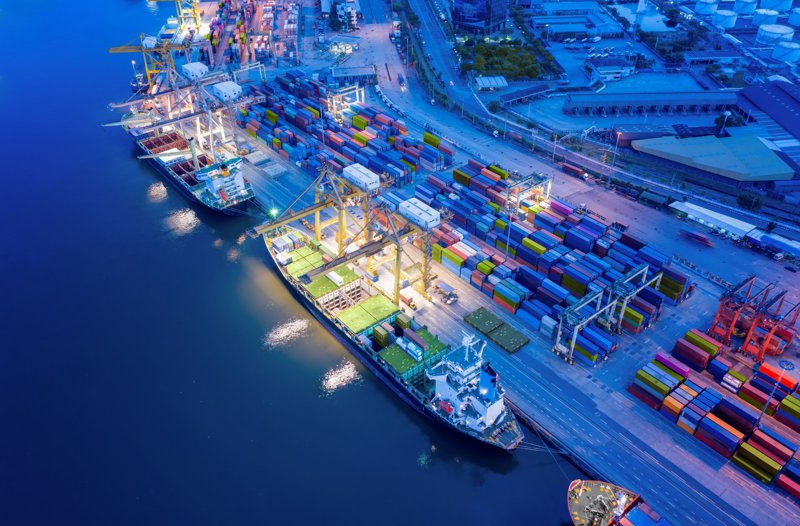As the coronavirus crisis continues to impact the global supply chain, some carriers are saying tight ocean capacity and ocean port congestion will continue for at least some of 2022. A recent COVID outbreak at the Port of Ningbo-Zhoushan in China, with Maersk and other carriers canceling port calls, is straining the already damaged supply chain.
“Our carrier customers have been telling us that they predict an ocean capacity crunch at least through the end of Chinese New Year in February,” said Blume Global’s Lincoln Pei. “One ocean carrier is preparing for the current problems to stay around for all of next year.”
The ongoing ocean port congestion and ocean-shipping problems could lead to an increase in air cargo use. The modal cost increase is significant, so this shift would only be reserved for higher value goods.
“Modal shift might be a smart option for some goods, but air cargo capacity is still tight,” Pei said. “Even with the current ramp up in passenger flights, belly capacity is still hard to find.”
The main issue doesn’t have to do with the ships themselves. A confluence of factors like limited capacity of warehousing, ports and terminals increases the number of days that the container assets are being occupied. This effectively reduces the available containers, chassis and railcars that are essential in the movement of goods in North America. For some time now, ocean carriers have been shipping empties back to Asia as fast as they can in order to meet increased demand for products in the U.S. Contributing to the congestion are chokepoints at the ports in Asia, where coronavirus restrictions – and now outbreaks – have led to a significant shortage in port productivity; similar issues exist in the U.S. West Coast ports. West Coast labor negotiations in July 2022 could impact things ever more severely.
Ports had congestion issues long before coronavirus. As ports take in hundreds of thousands of containers a month, shippers and third-party logistics providers may have little awareness of where their containers are in the port pipeline or when they will be unloaded and released. This can further impact lead times and make it difficult to schedule onward manufacturing, transportation and distribution. Unless there is a proactive approach to increase visibility into port and container operations, and the ability to respond to challenges by rerouting cargo or choosing alternative shipping methods when available, stakeholders can’t plan effectively or meet delivery-date commitments.
“Digitizing and automating manual supply chain processes provides benefits to the entire supply chain ecosystem. A digitized logistics world simply runs more efficiently and effectively,” Pei said. “Port authorities and terminals that are suddenly able to better collaborate with one another and third parties, exchanging data freely, see suspended bookings dwindle and cargo congestion dissipate. This can free up congestion and get shipments moving seamlessly once again.”
Blume Global’s VIP Terminal Services helps customers save time and money by enabling them to precisely tailor the delivery of their most critical cargo through an advanced appointment scheduling process. This program allows customers to decide the level of urgency to schedule the pickup of their containers.
contact us
Contact Us

